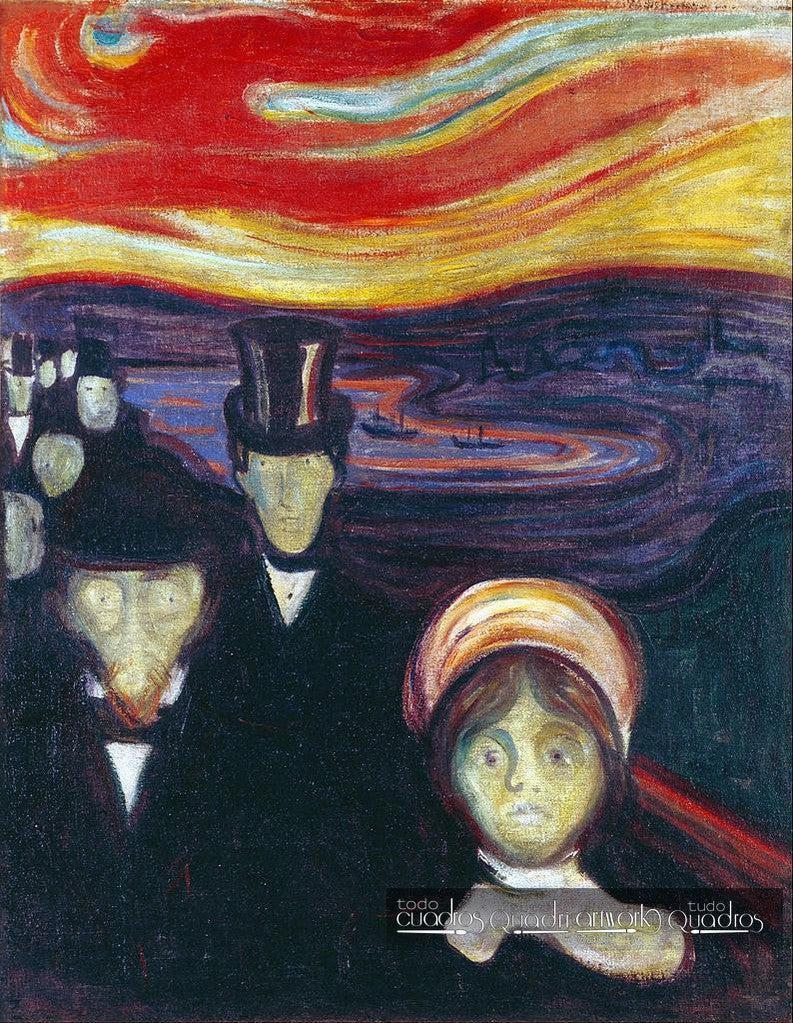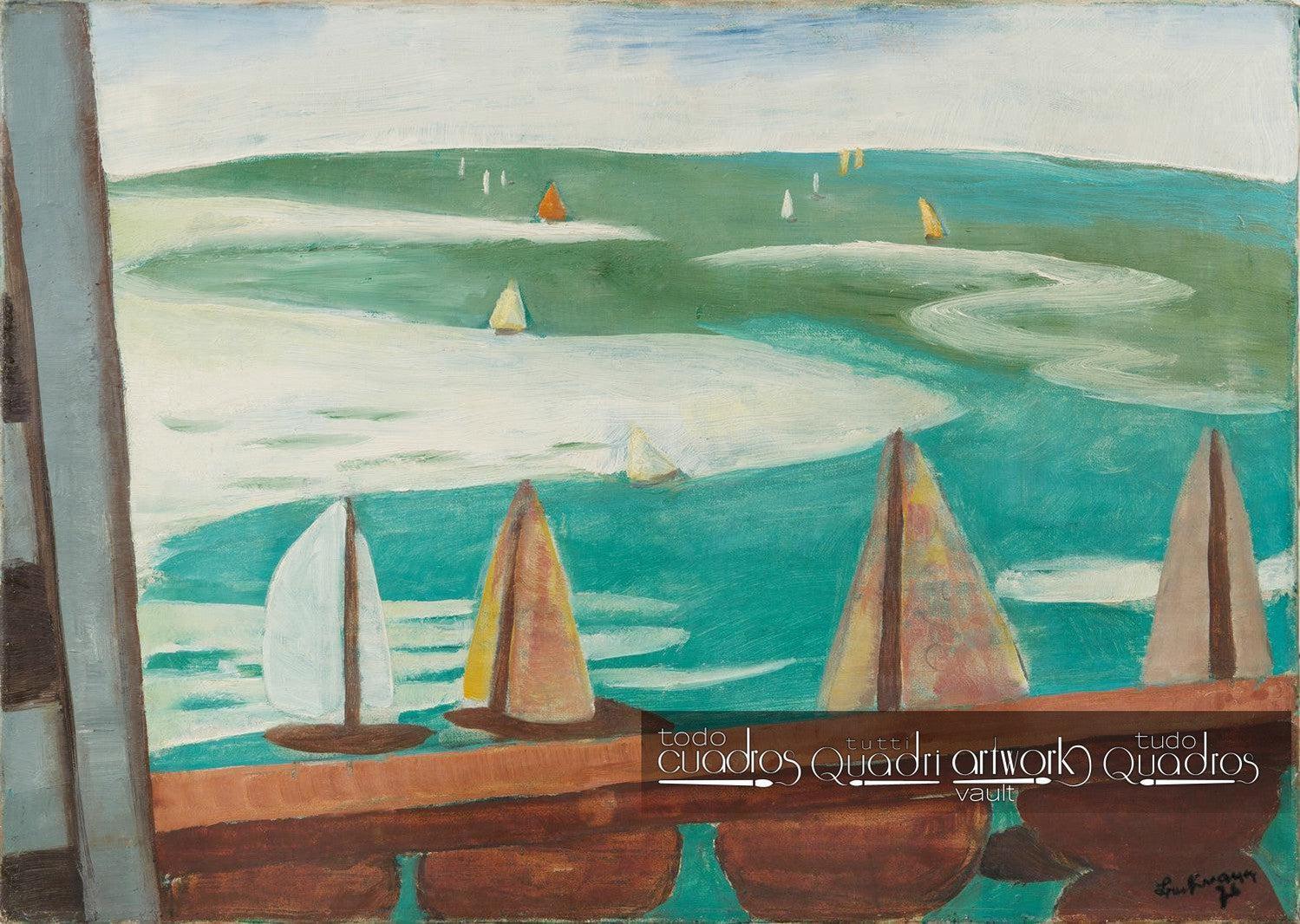Abstract
$300.00 CAD
The Dance of Life
$300.00 CAD
Anxiety
$300.00 CAD
Starry Night
$300.00 CAD
Madonna
$300.00 CAD
Death in the Sickroom
$300.00 CAD
Self-Portrait with Champagne Glass
$300.00 CAD
Spotorno, Blick aus dem Fenster
$300.00 CAD
Birds' Hell
$300.00 CAD
The Scream
$300.00 CAD
The Kiss
$300.00 CAD
The Girls on the Bridge
$300.00 CAD
Improvisation 19
$300.00 CAD
Interior (My Dining Room)
$300.00 CAD
Munich-Schwabing with the Church of St. Ursula
$300.00 CAD
Murnau with Church I
$300.00 CAD
The Rest
$300.00 CAD
The Lesson
$300.00 CAD
Table in Front of the Window
$300.00 CAD
The Dream
$300.00 CAD


































